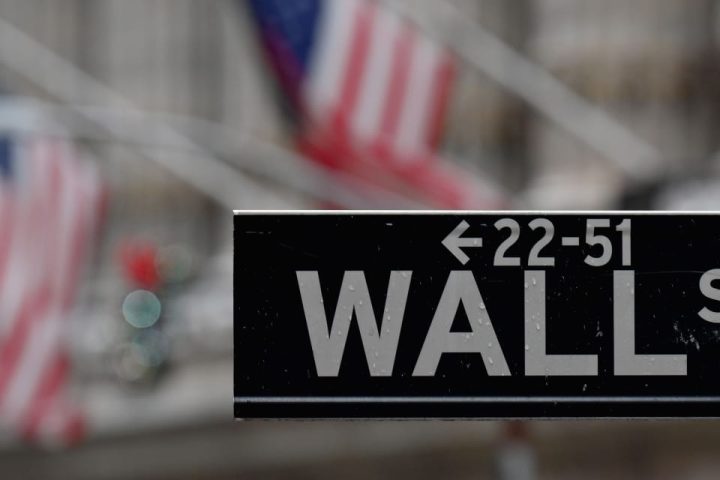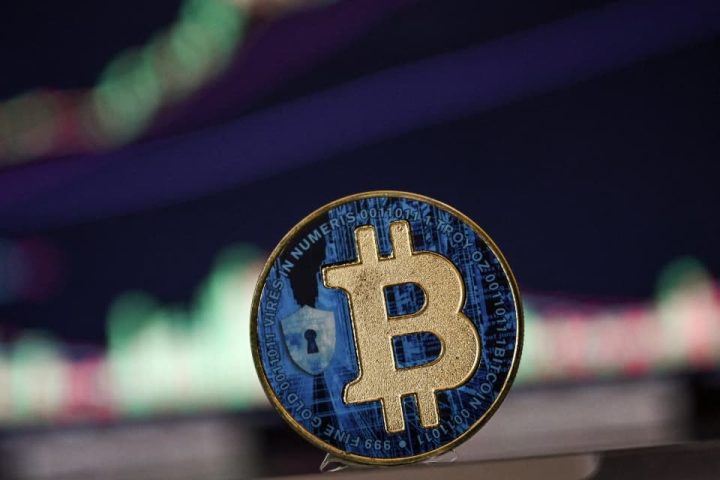U.S. government debt sold off on Friday, pushing yields to their second-highest levels of 2024, after hotter-than-expected producer-price data created more inflation concerns.
What happened
-
The yield on the 2-year Treasury note
BX:TMUBMUSD02Y
jumped 8.9 basis points to 4.654%, from 4.565% on Thursday. For the week, the rate rose 16.8 basis points for its largest weekly gain since the period that ended on Jan. 19. It is up 28.9 basis points over the past three weeks, the largest three-week gain since the period that ended June 9 of last year. -
The yield on the 10-year Treasury note
BX:TMUBMUSD10Y
rose 5.5 basis points to 4.294%, from 4.239% on Thursday. It advanced 10.8 basis points this week. -
The yield on the 30-year Treasury note
BX:TMUBMUSD30Y
rose 2.7 basis points to 4.448%, from 4.421% a day earlier. For the week, it gained 6.8 basis points. - Ten- and 30-year yields have respectively gained 26.4 basis points and 22.2 basis points over the past two weeks, their biggest such advances since the periods that ended on Oct. 6 and Oct. 27 of last year.
- The bond market is closed Monday for Presidents Day.
What drove markets
Data released on Friday showed that the inflation fight isn’t over. The producer-price index rose 0.3% in January, above the 0.1% forecast of economists polled by the Wall Street Journal. It’s possibly another sign inflation won’t slow toward the Federal Reserve’s 2% target as fast as hoped.
The PPI report came three days after a higher-than-expected January consumer-price index sparked concerns the Federal Reserve may push back further on plans to start cutting interest rates this year.
On Friday, San Francisco Fed President Mary Daly said the central bank should take its time before lowering borrowing costs and that patience is needed to finish the job on inflation.
In other data released on Friday, housing starts fell almost 15% in January, to 1.33 million, as builders pulled back on new projects. That’s the sharpest drop since April 2020. Separately, consumer sentiment crept up in early February to the highest since July 21, according to the University of Michigan.
What analysts are saying
“It’s been a wild week with a gut check on Tuesday, when CPI came in higher than expected, and stopped the stock and bond bulls in their tracks,” said Chris Zaccarelli, chief investment officer for Independent Advisor Alliance in Charlotte, N.C.
Friday’s PPI report “only further muddies the waters because two strong inflation reports (CPI and PPI) show why the Fed is going to need to move much more slowly to cut interest rates,” Zaccarelli wrote in a note.
Read the full article here







